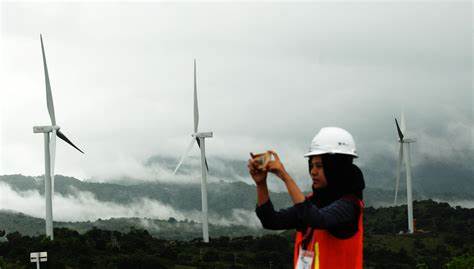As per Comprehensive Investment and Policy Plan (CIPP) of the Indonesian government, the country has set out to achieve Indonesia’s decarbonisation initiatives by 2050. This includes reaching net zero and expanding the country’s installed solar capacity to 264.6 GW by the middle of the century.
As per reports, the CIPP draft is open for public consultation until 14 November and depicts Indonesia’s contribution to meeting the Just Energy Transition Partnership (JETP) programme. The government agreed to the JETP initiatives during last year’s G20 Summit, held in Indonesia, and received US$20 billion in funding to support its decarbonisation goals.
The draft CIPP is the government’s first attempt to implement policies to meet the JETP’s targets for the future of the Indonesian energy mix, including achieving a renewable energy generation share of 44% by 2030, and these targets.
The draft CIPP stresses on Indonesia’s commitment to solar power, with solar expected to account for more of the country’s installed capacity and energy generation than any other source. The government is targeting installed solar capacity of 29.3GW in 2030, and 264.6GW in 2050, which would account for more than half of the 518.8GW of all power-generation capacity installed in Indonesia. The CIPP includes a four-stage plan to expand the country’s energy grids, targeting the start of operations in phases between 2024 and 2030, along with three expansions to existing parts of the grid that have not yet been given provisional commissioning dates.
As per the government estimates, Indonesia has the potential to install 3.3TW of solar capacity, based on the amount of sunlight the country receives. This is the most of any renewable source by a considerable margin, with offshore wind accounting for the second-highest potential of 94.2GW.
As per the experts, “The JETP scenario puts heavy emphasis on solar PV as the forerunner of Indonesia’s renewable development beyond 2030, realising its enormous potential compared to other renewable solutions.”
Further the experts believe that until 2040, renewable power will account for “nearly all new growth in generation”, with variable renewables, such as solar, accounting for 45% of the growth in new energy capacity.

